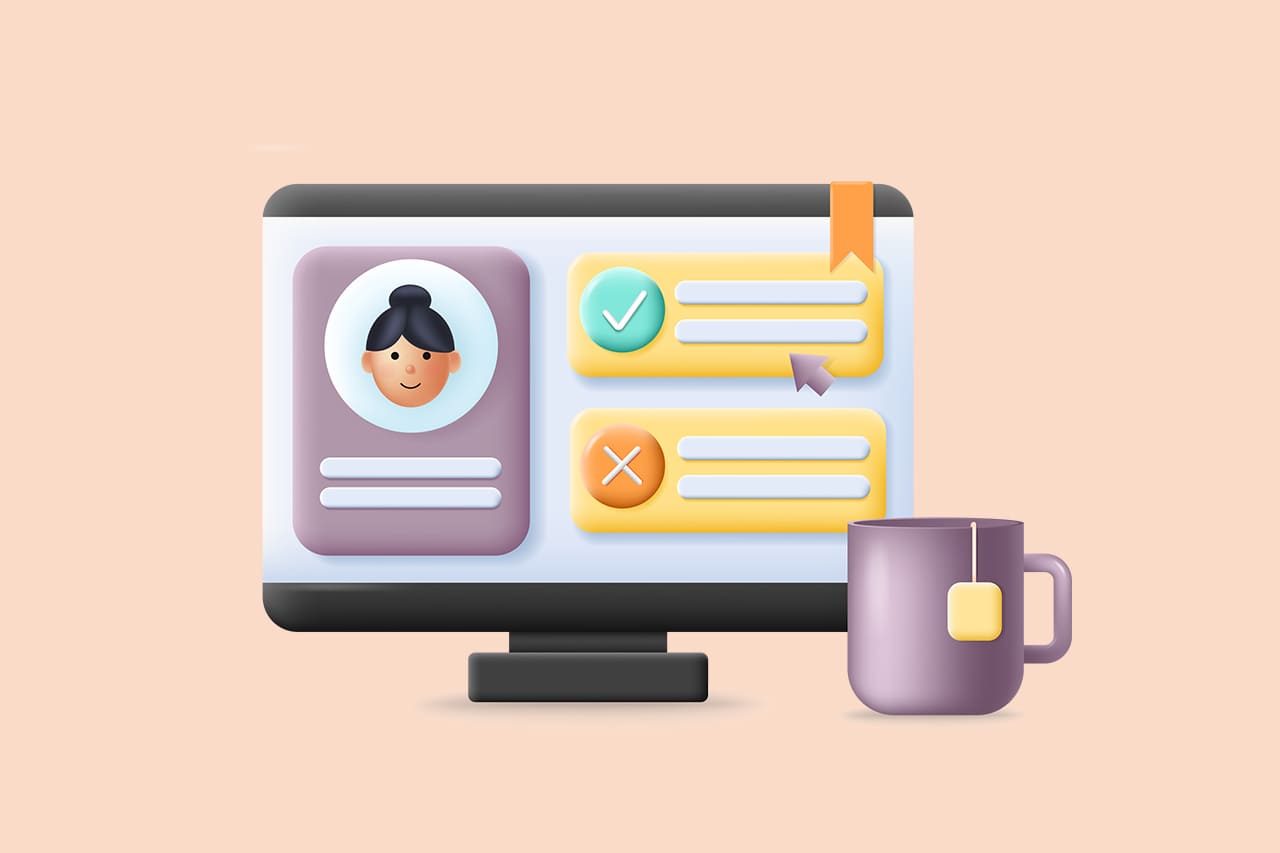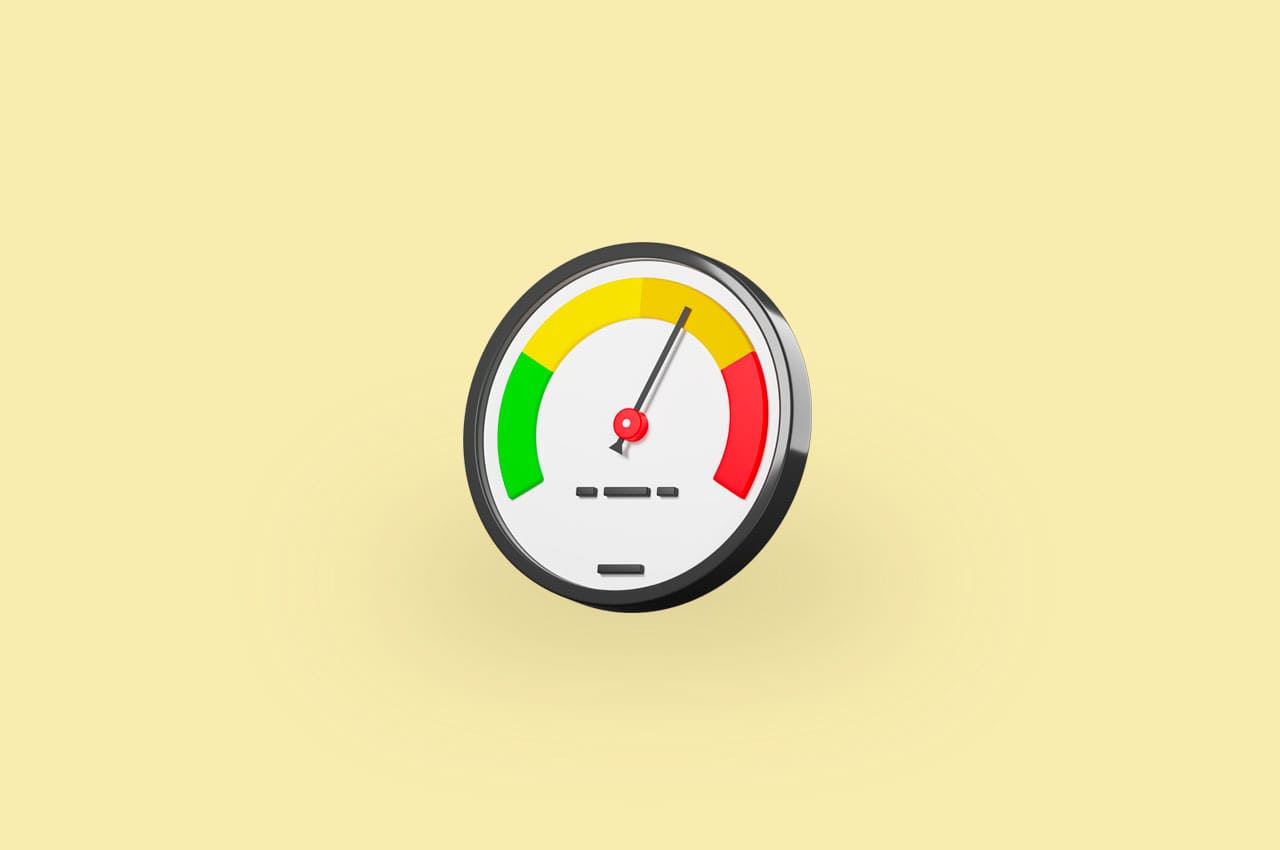10 HR Best Practices You Need to Follow in 2023

In the ever-evolving HR landscape, adopting best practices drives business performance, employee experience, engagement, and retention.
This blog delves into the top HR practices for 2023, considering the pandemic’s impact on work dynamics.
Stay ahead with strategic human resource management.
Defining HR Best Practices:
HR Best Practices are a set of internal guidelines and strategies that organizations implement to optimize their human resources processes. These practices aim to enhance employee experience, engagement, and productivity while aligning HR efforts with the overall business goals.
HR Best Practices cover various areas, including
- Recruitment
- Onboarding
- Performance Management
- Employee development
- Compensation and Benefits
- Offboarding, and more.
By following these proven and effective practices, businesses can create a positive work environment, foster employee satisfaction, and drive organizational success.
Understanding HR Practices and HR Activities:
In the world of HR, two critical components work hand in hand: HR practices and HR activities. HR practices form the foundation, guiding strategic operations and setting goals. Examples include defining the HR department’s mission and measuring program effectiveness.
On the other hand, HR activities are the day-to-day tasks that implement the strategies outlined by HR practices. These include,
- Payroll
- Recruitment
- Training
- Employee relations, among others.
To read more about the features & benefits of using Horilla HR Software, refer to our blog Top 8 Features & Benefits of Using Horilla HR Software in 2023
For an HR department to thrive, both practices and activities must align, enabling efficient and effective human resource management. As we step into the year 2023, HR best practices are transforming to address the demands of an ever-shifting business environment. Key changes include prioritizing change management for leadership, embracing AI and machine learning for streamlined processes, and driving HR digital transformation for a more agile workforce.
Moreover, self-service portals empower employees, while a careful integration of HR software and technology boosts efficiency and talent management.By understanding the difference between HR practices and activities, and optimizing both, your organization can harness the full potential of its human capital and drive success in the modern world of work.
Top 10 HR Best Practices to Follow in 2023
1. Employee Recognition and Rewards:
Establishing programs for acknowledging and rewarding employees is vital in elevating their spirits and driving their enthusiasm. Implement a comprehensive system that openly acknowledges and appreciates employees’ contributions. Recognize outstanding performance, efforts, and achievements through various means, such as awards, bonuses, or public recognition. When staff members experience a sense of value and recognition, their engagement and motivation levels increase, leading to enhanced performance.
2. 360 Feedback:
360 feedback is a powerful tool for gaining a holistic perspective on employee competencies. It encompasses the collection of discreet and private input from diverse channels such as peers, supervisors, and clients, aiming to offer a comprehensive evaluation of an employee’s job performance.This feedback aids in identifying areas for improvement, setting development goals, and fostering a culture of continuous improvement and learning.
3. Foster a Knowledge-Sharing Culture:
Foster a culture that promotes the sharing of knowledge among your workforce. Consider employing a dedicated knowledge manager to facilitate the seamless exchange of valuable information and expertise within the company. Implement knowledge base software tools that enable employees to share expertise, reducing support training costs and increasing employee engagement. By fostering a knowledge-sharing culture, organizations can promote collaboration, improve teamwork, and enhance overall expertise.
4. Emphasize Transparency:
Transparency is crucial for building trust and loyalty among employees. Engage in transparent and candid communication regarding company choices, achievements, and obstacles. Providing employees with a clear understanding of the organization’s goals, strategies, and performance creates a sense of inclusion and empowerment. Promoting transparent communication additionally inspires employees to express their thoughts, worries, and input, nurturing creativity and a favorable workplace atmosphere.
5. Invest in Ongoing Training:
Effective training and development initiatives are key HR best practices in 2023. Offer employees opportunities for continuous learning and skill development to enhance their expertise and productivity. Consistent training initiatives foster an environment of involvement, where employees perceive their contributions as significant and are deeply committed to their roles.Investing in digital adoption platforms (DAPs) can further empower employees to upskill themselves on the latest tools and processes, increasing efficiency and employee satisfaction.
6. Enhance Employee Engagement:
Employee engagement is vital for business success. Promote open communication, collaboration, and involvement among employees. By fostering an environment where employees feel their voices are heard and their contributions matter, organizations can increase motivation and loyalty. Consistently gather input from employees, utilize surveys, and introduce engagement projects to cultivate a constructive and gratifying workplace journey.
7. Ensure Compliance:
Compliance with labor laws and regulations is crucial to avoid legal issues and maintain a safe and respectful work environment. Ensure the presence of a labor law specialist, either as a team member or an external consultant, to assess HR protocols and ensure adherence to legal requirements. Conduct mandatory compliance training to familiarize employees with workplace regulations, safety guidelines, and legal parameters. Make workplace safety a priority through consistent sanitization of work areas, enforcing social distancing protocols, and furnishing necessary personal protective equipment (PPE).
8. Prioritize Workplace Safety:
Employee safety is a top priority, especially in light of the global pandemic. Organizations must take proactive measures to ensure a safe work environment. Regularly sanitize work areas, provide necessary PPE, and enforce social distancing protocols. Encouraging employees to take regular breaks to prevent exhaustion and sustain concentration is vital. By giving prominence to workplace safety, employers demonstrate a genuine concern for their employees’ welfare, resulting in elevated job contentment and heightened effectiveness.
9. Offer Flexible Work Opportunities:
Employee work-life balance is now more critical than ever, and flexible work arrangements, including remote work and flexible hours, have gained significant importance.Organizations that offer flexibility attract top talent and improve employee satisfaction and retention. Establish adaptable work arrangements enabling employees to either work remotely or select their preferred working hours, aligning with their respective job responsibilities. This level of flexibility grants employees the autonomy to effectively balance their professional and personal obligations.
10. Adopt Cloud-Based HR Software:
Cloud-based HR software revolutionizes HR departments by offering efficient and streamlined processes. This innovative technology brings a transformative shift, enabling HR teams to optimize their workflows and enhance overall productivity.Choose a platform that aligns with your specific HR and business needs. Cloud-based HR software automates tasks, organizes data, and provides valuable people analytics for HR professionals, allowing them to focus on strategic initiatives and drive business growth efficiently. This technology helps reduce errors, optimize HR workflows, and enhances overall HR efficiency, allowing HR teams to focus on strategic initiatives and better support employees.
By following these detailed HR best practices, organizations can create a positive and supportive work environment, attract and retain top talent, and drive success in the ever-evolving business landscape of 2023.
To read more about best practices for creating Effective OKRs in 2023, refer to our blog What Are the Best Practices for Creating Effective OKRs in 2023
Conclusion:
In 2023, these 10 HR best practices are crucial for organizations seeking success in a dynamic business environment. By prioritizing employee recognition, fostering a knowledge-sharing culture, and offering flexible work opportunities, companies can enhance engagement and productivity. Embracing ongoing training, transparency, and compliance ensures a skilled, motivated, and secure workforce. Employing cloud-based HR software optimizes efficiency and frees up HR teams to concentrate on strategic endeavors. By adopting these approaches, organizations can flourish, retain exceptional employees, and pave the way for sustainable expansion.




